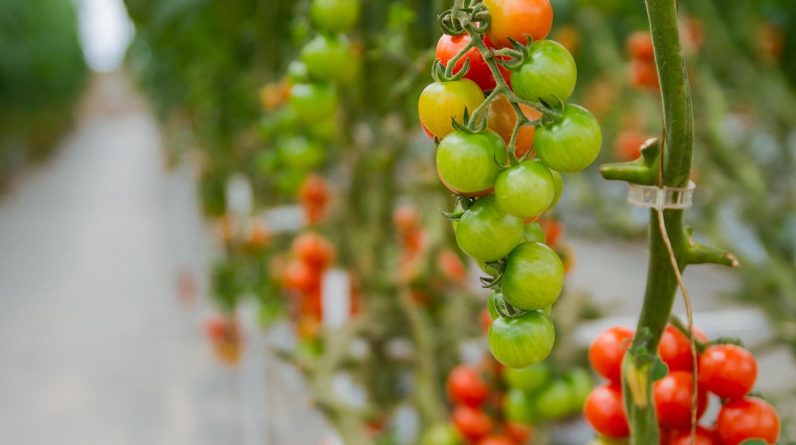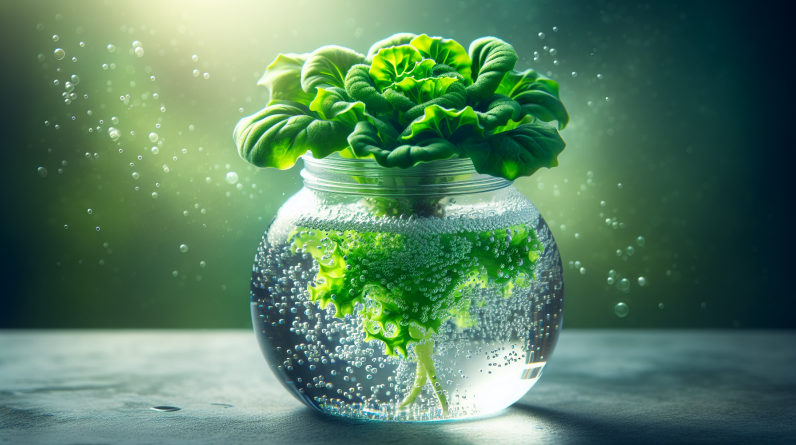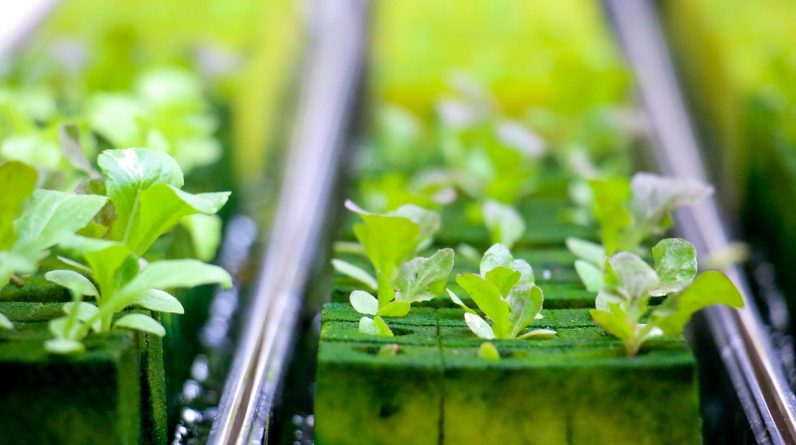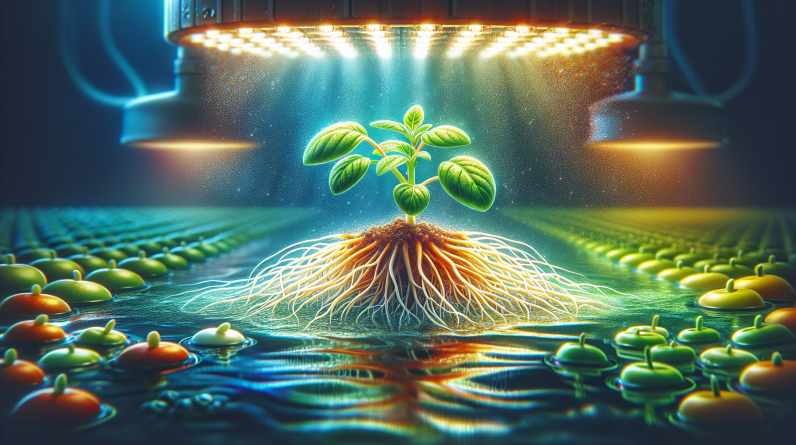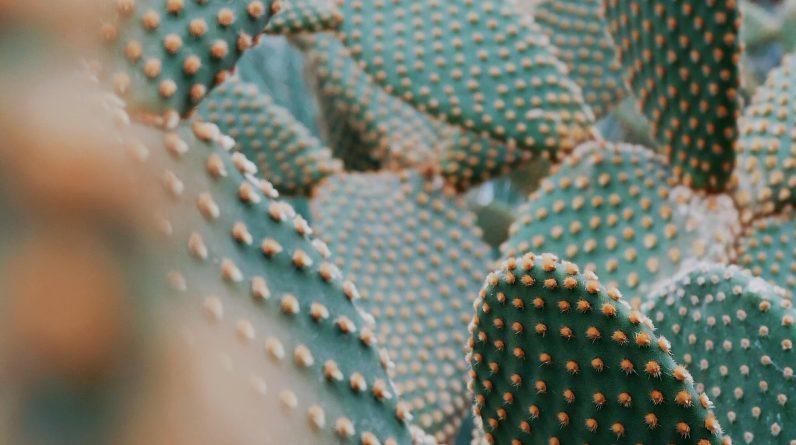
So you’ve planted your seeds, eagerly awaiting the emergence of new life, only to find that days and even weeks have passed with no sign of germination. It can be disheartening, but fear not, for there are steps you can take to encourage those stubborn seeds to sprout. Whether it’s adjusting the growing conditions, providing extra warmth, or giving them a boost with some pre-seed treatment, this article will guide you through the possible solutions so you can successfully nurture your garden dreams into reality.
Reasons for Seeds Failing to Germinate
Expired or Poor Quality Seeds
One of the main reasons why seeds may fail to germinate is if they are expired or of poor quality. It’s important to check the expiration date on seed packets before planting them. If the seeds are past their expiration date, they may no longer be viable and won’t germinate. Similarly, seeds that have been stored improperly or are of low quality may also fail to germinate. To avoid this issue, always purchase seeds from reputable sources and store them in a cool, dry place.
Incorrect Temperature and Humidity
Another factor that can lead to failed germination is incorrect temperature and humidity levels. Different seeds have different temperature and humidity requirements for germination. If the conditions are too hot or too cold, or if the humidity is too high or too low, the seeds may not be able to germinate. It’s important to research the specific requirements for the seeds you are planting and provide them with the optimal conditions for germination.
Insufficient Light
Light is an essential factor for successful seed germination. Some seeds require light to germinate, while others need darkness. If the seeds are not provided with the appropriate amount of light, they may fail to germinate. Lack of light can also lead to weak and spindly seedlings. Make sure to research the light requirements for the seeds you are planting and provide them with the necessary amount of light.
Improper Planting Depth
Planting seeds at the correct depth is crucial for germination. If the seeds are planted too deep, they may not be able to reach the surface and germinate. On the other hand, if they are planted too shallow, they may dry out or be eaten by birds or pests. It’s important to follow the planting instructions for each type of seed and ensure that they are planted at the appropriate depth.
Overwatering or Underwatering
Both overwatering and underwatering can prevent seeds from germinating. If the soil is too wet, the seeds may rot or develop fungal diseases. On the other hand, if the soil is too dry, the seeds may not receive enough moisture to initiate germination. It’s important to keep the soil consistently moist but not waterlogged during the germination process. Regularly check the moisture levels and adjust watering accordingly.
Presence of Disease or Pests
Seeds may also fail to germinate if they are affected by disease or pests. Fungal diseases, such as damping-off, can attack the seeds and prevent germination. Pests like birds, insects, or rodents may also eat the seeds before they have a chance to germinate. It’s important to inspect the seeds for any signs of disease or pest damage before planting and take appropriate measures to prevent or treat any issues.

This image is property of images.unsplash.com.
Steps to Take if Seeds Don’t Germinate
Perform a Germination Test
If your seeds haven’t germinated within the expected time frame, it’s a good idea to perform a germination test. This will help you determine if the seeds are viable or if they have failed to germinate altogether. To perform a germination test, take a few of the remaining seeds and place them on a damp paper towel or in a seed tray filled with moist soil. Keep them in a warm location and monitor them for germination over a specific period of time. If a majority of the seeds fail to germinate, it’s likely that the remaining seeds won’t germinate either.
Check and Adjust Temperature and Humidity
If the germination test reveals that the seeds are viable but haven’t germinated, the temperature and humidity levels may need to be adjusted. Research the specific requirements for the seeds you are planting and ensure that the conditions are within the optimal range. Use a thermometer and a hygrometer to monitor the temperature and humidity levels in the growing area and make any necessary adjustments to create the ideal conditions for germination.
Ensure Adequate Lighting
If light is a requirement for germination and the seeds haven’t germinated, it’s important to ensure that they are receiving adequate lighting. If using natural light, make sure the seeds are placed in a location that receives the required amount of light. If natural light is not sufficient, consider using grow lights or fluorescent lights to provide the necessary lighting conditions. Position the lights close to the seeds but avoid overheating or burning them.
Inspect Planting Depth
Check the planting depth of the seeds and ensure that they are at the correct depth. If the seeds are too deep, carefully dig them up and replant them at the proper depth. If they are too shallow, gently press them down into the soil to ensure good soil-to-seed contact. Be careful not to disturb the seeds too much or damage them during this process.
Adjust Watering Practices
Evaluate your watering practices and make any necessary adjustments. If you have been overwatering, allow the soil to dry out slightly before watering again. If you have been underwatering, make sure to water the soil thoroughly to provide adequate moisture for germination. Use a watering can or a misting spray bottle to avoid disturbing the seeds or washing them away.
Prevent and Treat Disease or Pest Infestations
If pests or diseases have been identified as the cause of failed germination, take measures to prevent and treat these issues. Use organic pest control methods, such as introducing beneficial insects or using insecticidal soaps, to manage pest infestations. If disease is present, remove any affected seeds or seedlings and treat the soil with a suitable fungicide. It’s important to address these issues promptly to prevent further damage to your seeds or seedlings.

This image is property of images.unsplash.com.
Additional Measures to Promote Germination
Stratification
Some seeds, especially those from temperate regions, require a period of cold stratification to break their dormancy. This can be achieved by placing the seeds in a moistened paper towel or in a plastic bag with a damp substrate and storing them in the refrigerator for a specific period of time. After stratification, the seeds can be planted and will be more likely to germinate.
Scarification
Seeds with hard seed coats may require scarification to break their dormancy and allow for germination. Scarification involves scratching or nicking the seed coat to create small openings through which water can penetrate. This can be done by gently rubbing the seed coat with sandpaper or carefully making a small puncture with a knife or nail file.
Pre-soaking
Pre-soaking the seeds before planting can help to soften the seed coat and promote germination. Place the seeds in a container of warm water and let them soak for a specific period of time, usually overnight. After soaking, plant the seeds as usual and they should have an increased chance of germination.
Seed Priming
Seed priming involves pre-germinating the seeds in a controlled environment to stimulate the germination process. This can be done by placing the seeds between layers of damp paper towels or in a container with moistened vermiculite or perlite. Keep the seeds in a warm and humid location, and once they show signs of germination, plant them in the soil.
Using a Seedling Heat Mat
A seedling heat mat can be used to provide a warm and consistent temperature for seed germination. These mats generate gentle heat and can be placed under the seed trays or pots to create an optimal germination environment. The heat provided by the mat can help speed up germination and promote successful seedling development.
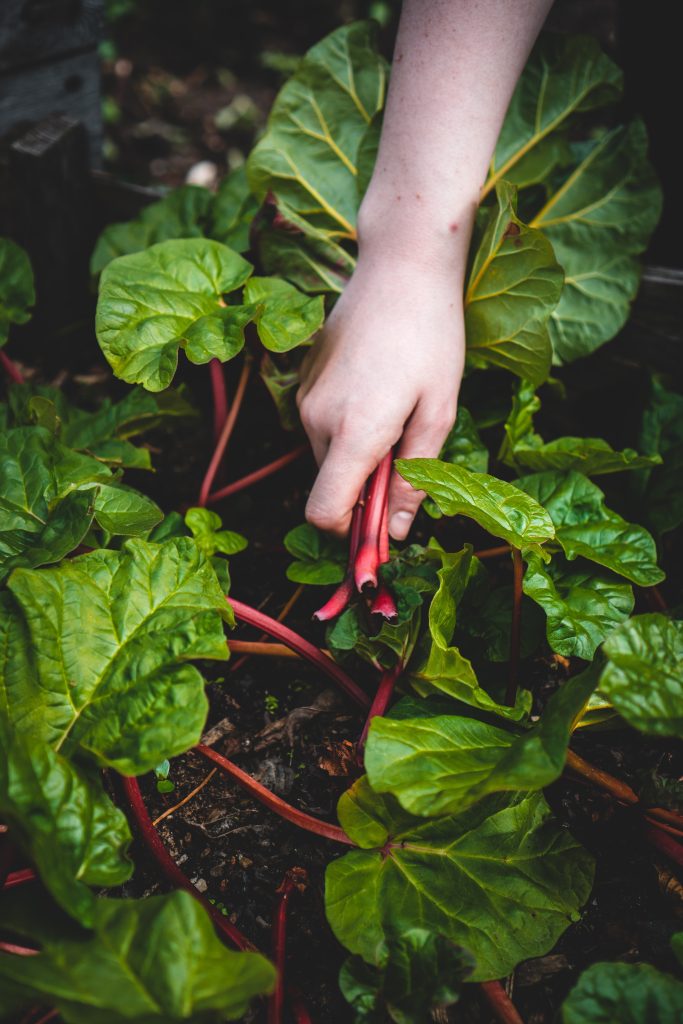
This image is property of images.unsplash.com.
Alternative Methods for Propagation
Using Seedlings or Transplants
If your seeds still don’t germinate, you can consider purchasing seedlings or transplants from a local nursery or garden center. These are young plants that have already been started from seeds and have developed into sturdy seedlings. By using seedlings or transplants, you bypass the germination process and can continue growing your plants from a more advanced stage.
Taking Cuttings
Another alternative method for propagation is taking cuttings from existing plants. This involves cutting a section of a healthy plant, typically a stem or leaf, and placing it in a suitable rooting medium. With the right conditions, the cutting will develop roots and grow into a new plant. This method allows you to create genetically identical plants without relying on seed germination.
Dividing Plants
Certain plants, such as perennials, can be propagated by dividing the existing plants into multiple sections. This involves digging up the plant, separating it into smaller sections, and replanting them. Each division will develop into a new plant with its own root system. Dividing plants is a great way to expand your garden and rejuvenate older or overcrowded plants.
Grafting or Budding
Grafting and budding are techniques used to propagate plants by joining different plant parts together. Grafting involves joining a scion, which is a piece of the desired plant, to a rootstock, which provides the root system. The two parts are secured together and, under proper conditions, will grow together to form a new plant. Budding is a similar technique, but involves grafting a single bud onto the rootstock instead of a whole scion.
Layering
Layering is a propagation method that involves encouraging a stem or branch of a plant to root while still attached to the parent plant. This can be done by bending a flexible stem and burying a section of it in the soil. Over time, roots will develop from the buried section, and once they are well-established, the new plant can be severed from the parent and grown independently.
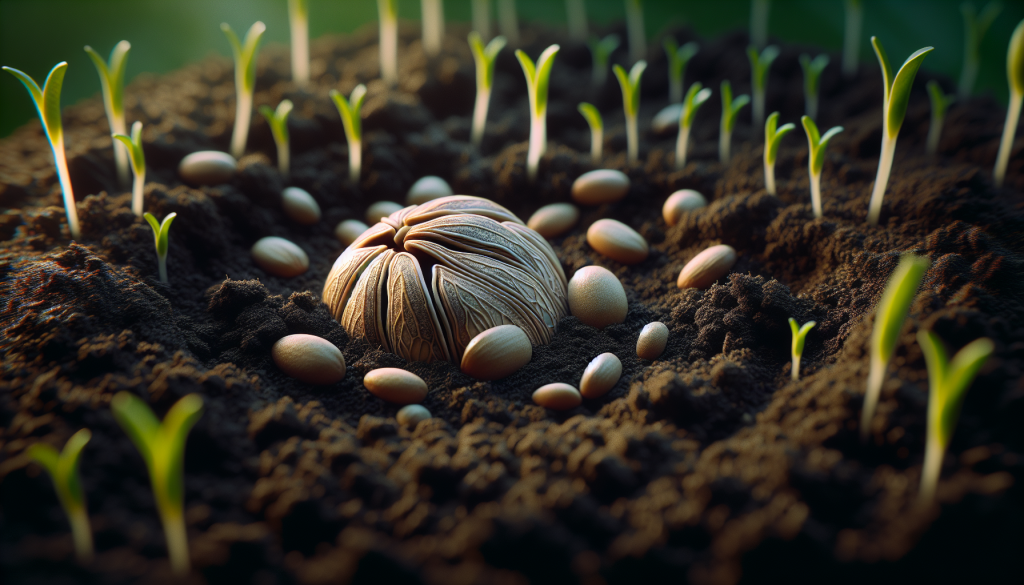
Conclusion
While it can be disappointing when seeds fail to germinate, there are several reasons and solutions to consider. By understanding the common reasons for failed germination, taking appropriate steps to troubleshoot, and exploring alternative propagation methods, you can increase your chances of successful plant growth. Remember to provide the optimal conditions for germination, address any issues promptly, and stay patient and persistent in your gardening efforts. With time and effort, you’ll be rewarded with a thriving garden full of healthy plants.
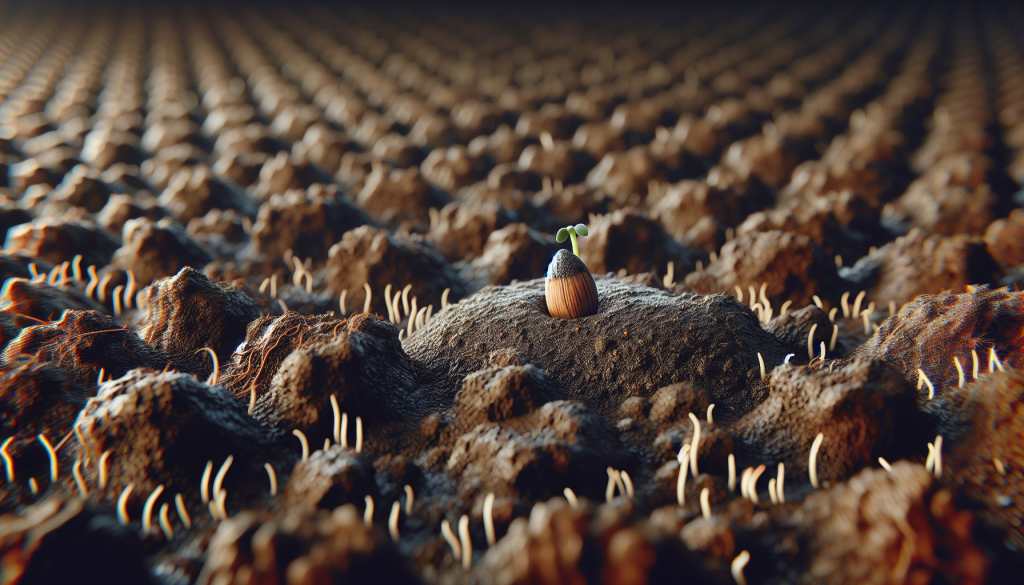
Related Content
- Can Hydroponic Systems Grow Vegetables Faster?
- Sustainable Crop Production with Hydroponics
- 10 Effective Hydroponic Seed Starting Tips (2025 Guide) to Boost Success
- The Ultimate Guide to the Best Indoor Hydroponic System for 2025
- Achieving Optimal Temperature and Humidity Levels in Your Hydroponic Growing System


